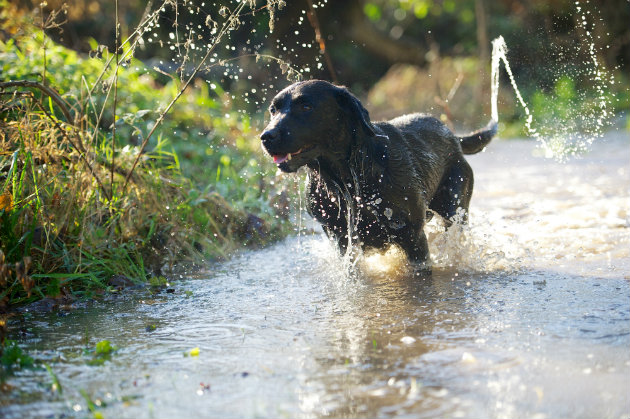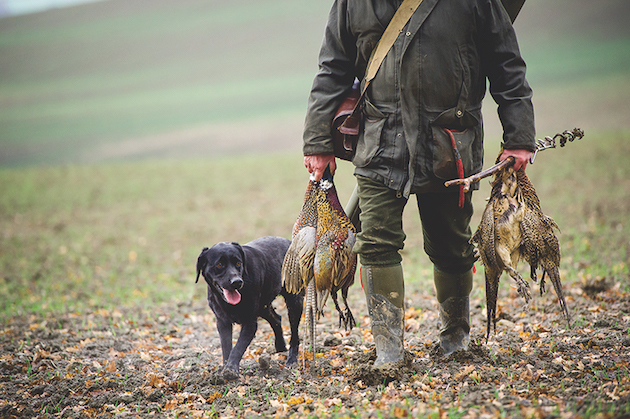The countdown is on for The British Shooting Show – book tickets online today and save on gate price!
Hip dysplasia in Labradors

Q: My wife and I would like to buy a Labrador for me to take out once it is trained, as I shoot occasionally. We have found a reputable breeder near us, who comes highly recommended, have met the bitch already and are very taken with her. The breeder has had the bitch tested for hip dysplasia and tells me she “scored three, two”. I am unsure if this is good or bad. Is this something we should be concerned about?
A: In the UK there is a scoring scheme set up jointly by the British Veterinary Association (BVA) and the Kennel Club whereby dogs’ hips are X-rayed and submitted for examination by a panel of formally appointed experts, who score the hips according to agreed criteria. Each hip is evaluated by two experts who score nine anatomical features of the hip and score each hip out of a total of 53. The lower the hip scores the better the anatomy of the dog’s hips.
In this case the dog would have scored three on one hip (typically the right) and two on the other; a total of five. The BVA publishes breed average scores for breeds such as Labradors, where significant numbers of dogs have been through the scheme; these are available on the BVA website. Currently the breed mean score for the Labrador retriever is 14; so this dog might be considered as better than average for the breed.
Hip dysplasia is a complex disease
Many factors, other than genetic, can influence how the joint develops. Just because the bitch has good hips does not preclude her puppies developing hip dysplasia. However, if you start with a puppy as the progeny of consistently low-scoring ancestors and raise it sensibly, you can be fairly confident that your dog is less likely to develop the condition.
Related Articles
Get the latest news delivered direct to your door
Subscribe to Shooting Times & Country
Discover the ultimate companion for field sports enthusiasts with Shooting Times & Country Magazine, the UK’s leading weekly publication that has been at the forefront of shooting culture since 1882. Subscribers gain access to expert tips, comprehensive gear reviews, seasonal advice and a vibrant community of like-minded shooters.
Save on shop price when you subscribe with weekly issues featuring in-depth articles on gundog training, exclusive member offers and access to the digital back issue library. A Shooting Times & Country subscription is more than a magazine, don’t just read about the countryside; immerse yourself in its most authoritative and engaging publication.







